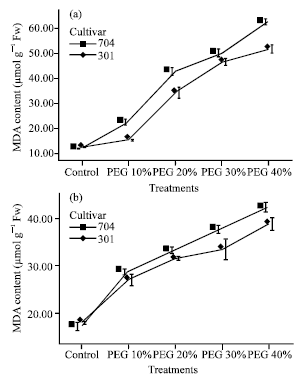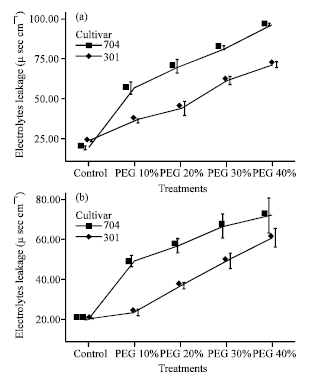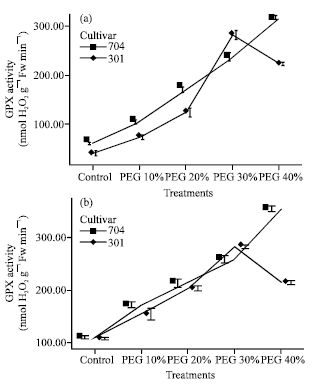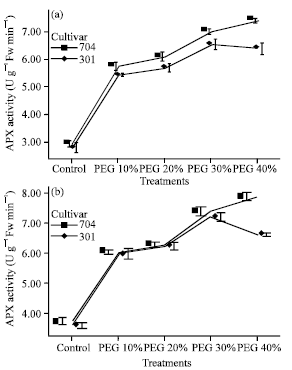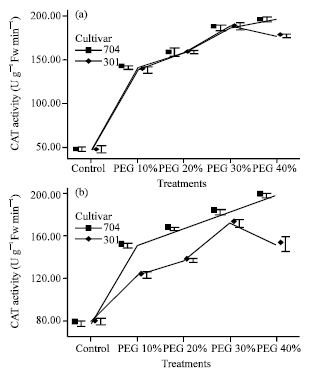Research Article
Effects of Drought Stress on Protective Enzyme Activities and Lipid Peroxidation in Two Maize Cultivars
Department of Biology, Faculty of Science, Urmia University, Iran
Reza Heidari
Department of Biology, Faculty of Science, Urmia University, Iran









